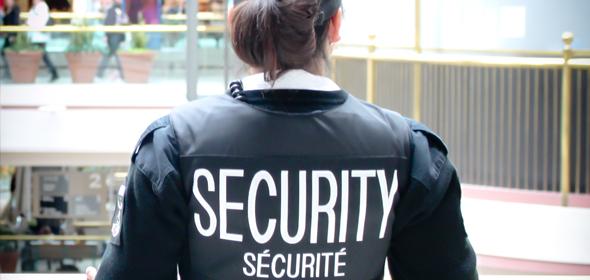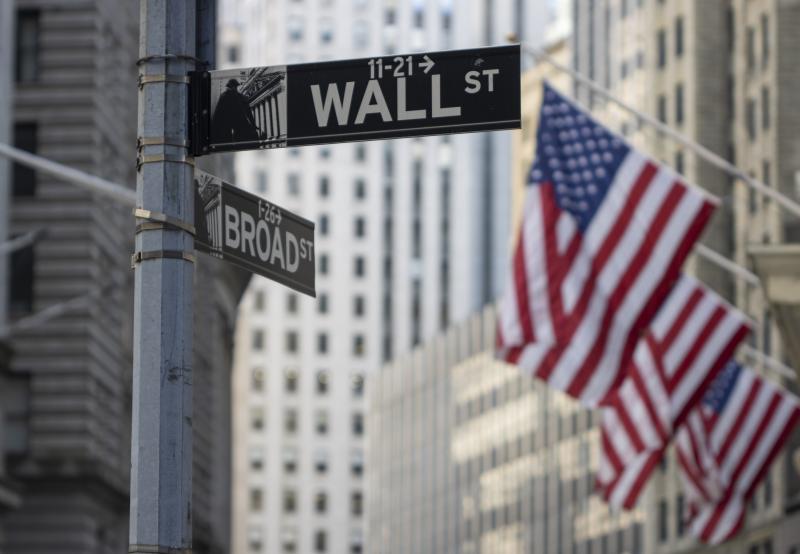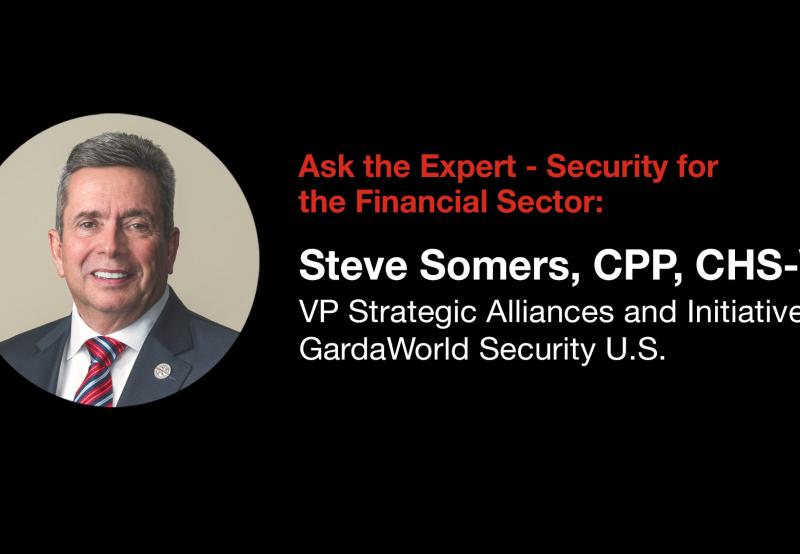
Retail cash businesses have lots of reasons to secure their premises. One, of course, is to prevent theft. Other reasons are to enhance customer and employee safety; to reduce liability for negligence claims, real or fraudulent; and to document activities of customers, employees and delivery personnel. (Delivery fraud, by the way, is the third most common source of retail shrinkage behind employee theft and shoplifting.)
At the heart of securing retail premises is an architectural concept called Crime Prevention Through Environmental Design (CPTED). Just as architects design buildings to keep out the weather, CPTED is designed to keep out criminals, while boosting the safety sensed by customers and employees.
Although CPTED applies to the design of new buildings, it’s also applicable in retrofitting existing buildings to the extent that budget and time allows. CPTED has five principles:
1. Natural surveillance is making your business as visible as possible from the outside by having clear lines of sight into it. Refrain from putting walls or hedges where criminals can hide near any windows and entrances. Good lighting is important, of course, especially around entrances and anywhere else customers might access at night. These include ATMs and drop-off depositories. Recorded video surveillance—indoors and outdoors—should complement this, with cameras clearly visible and positioned so their fields of view overlap to provide a complete picture of the environment. To underscore that your video surveillance is working, put a monitor near the entrance so potential criminals see themselves when they enter.
2. Natural access control directs the flow of vehicles and people into and out of your premises, so you can better see who’s coming and going. First, vehicles should park in well-lit defined spaces and not be able to hide around an unseen corner for quick getaways. Use barriers, curbs or gates to keep vehicles in view of the business entrance and video surveillance. Entrances should be well-lit and visible, too, with some audible alert when opened. The sound lets employees know someone’s walked in and should be greeted personally as a further deterrent to mischief or worse. Fire codes won’t allow exits to be blocked, but they should be open, visible and alarmed with signage indicating as much. Last, make sure roof access is strictly controlled. If your air-conditioning unit is on the roof (or at ground level), you should enclose it in a locked metal cage to prevent thieves from stealing its copper coils.
3. Territorial reinforcement creates a clear line between public and your business premises using fences, hedges, signage or some combination, so intruders are aware they’re not welcome. Yard signs and window stickers can also provide deterrents. If you use a private security service, put their window stickers on your front door, all exits and windows too.
4. Good building maintenance lets criminals know that you care about your property. Most business leases require tenants to take care of maintenance, so if something breaks, fix it promptly. If it’s the landlord’s responsibility, insist that he or she take care of all maintenance and broken items immediately. Delaying maintenance and repairs invites trouble because criminals assume the building owner doesn’t care about the property (this is known as broken window theory).
5. Target hardening refers to making your premises difficult to enter. Deadbolt locks with tempered steel latches extending at least an inch into the door frame should be used. Protective window films for plate-glass windows are another way to harden your premises. Properly applied, these films can withstand a sledgehammer. If windows do break, the film holds the glass together. Roll-down shutters and gates over storefronts for after-hours use also let criminals know your premises will be hard to break into.








